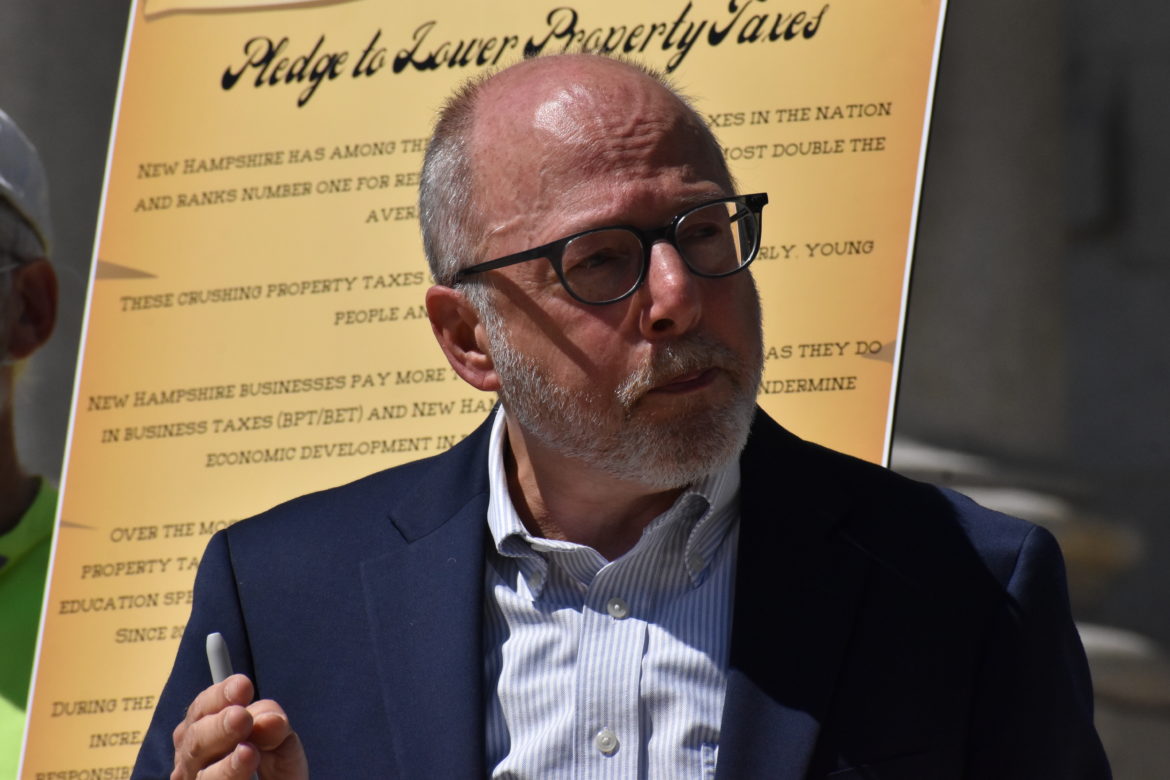From ‘A Book, an Idea and a Goat,’ Andru Volinsky’s weekly newsletter on Substack is primarily devoted to writing about the national movement for fair school funding and other means of effecting social change. Here’s the link: https://substack.com/@andruvolinsky?utm_source=profile-page
By ANDRU VOLINSKY
My former Sunday School students will recognize the name of Frances Perkins, the first woman to serve as a member of a presidential cabinet. It’s important to know about her and what she accomplished, and helped FDR accomplish. Sometimes, who the president chooses to have around him is more important than who the president happens to be.
Perkins was this nation’s longest serving labor secretary, serving under FDR from 1933 to 1945. At Perkins’ insistence the nation adopted “sweeping reforms in workers’ rights and labor standards, including the implementation of safety standards, a minimum wage, paid overtime, Social Security benefits, and child labor laws….” President Biden designated Perkins’ homestead in Newcastle, Maine as a national monument on December 17, 2024. Biden didn’t visit Maine to announce the designation. The ceremony was held in the Frances Perkins building of the U.S. Department of Labor, a building Amy and I often walked by on our way to court as young lawyers in D.C.
Before becoming FDR’s Labor Secretary, Perkins was instrumental in fashioning New York state’s response to the horror of the Triangle Shirtwaist Factory Fire that occurred on March 25, 1911. The fire broke out during a workday and consumed the eighth, ninth and tenth floors of the Asch Building in Greenwich Village. The building housed sweatshops staffed by young immigrant women.
Then, as now, immigrants performed important labor in the U.S. The factory fire likely began in some cloth waste and quickly spread through the top floors of the building which were higher than New York City Fire Department ladders could reach. The escaping women found the elevator did not work, the one fire escape collapsed and many were trapped when they found the back doors of their work area locked by the owners who claimed a need to cut down on breaks and pilfering. 146 people died in the conflagration, some jumping to their deaths from upper story windows, a tragedy repeated at the Twin Towers on September 11th.
Frances Perkins witnessed the fire and with the involvement of the International Ladies Garment Workers Union convinced the New York state legislature to adopt some of the nation’s first worker safety laws. My students learned about the fire in my class as a way to begin discussions of class and race based discrimination, the importance of the labor movement and the dangers of xenophobia. The Triangle Shirtwaist Fire discussions were my alternative to the parables about not mistreating the stranger.
The designation of the Perkins Monument made me think of a piece that I wrote in 2009 for the NH Business Review about the trial that followed the fire. The article was entitled, “An Apology for Kate Alterman” and is paraphrased here.
I was first introduced to Kate Alterman during law school though I didn’t know her name for many years. She was an immigrant girl who worked in the factories of New York. It was her work in a particular factory that eventually brought Kate into contact with Max Steuer, one of the most famous trial lawyers of her time. The event that brought Steuer and Alterman together was the tragic Triangle Shirtwaist Factory Fire….
A well-regarded evidence professor used Steuer’s example to teach cross-examination. The law professor sternly admonished us in his video never to allow a witness to repeat harmful testimony during cross-examination. Steuer was the exception who proved the rule. When defending the owners of the Triangle Shirtwaist Factory who were prosecuted for locking the factory doors and thereby preventing escape from the fire, Steuer cross-examined an immigrant girl by asking her to repeat her testimony. When she finished, he asked her to start anew because she left out part of her description. She did so, correcting her oversight. Steuer used the girl’s memorized testimony, the law school lesson went, to argue that her story was a practiced fabrication and won an acquittal of the factory owners whose names were Harris and Blanck.
It was only years after law school that I learned the name of the witness, Kate Alterman, and that she was new to America and spoke English as her second language. The factory was full of immigrants, mostly from Italy and Eastern Europe. Most were teenaged girls. Alterman, it turns out, did practice her testimony over and over but not because it was a fabrication. She practiced because she was afraid to make a mistake in her new language.
For some time, I felt that I owed Kate Alterman an apology for misunderstanding her role in the trial. She was a witness who, like many witnesses, tried too hard. I did not bother to learn why or to learn the context of her efforts. My view was much too narrow and overly focused on Steuer and what there was for me to learn from him. I did not question my professor and I missed learning of the factories of Steuer’s time and the ill treatment of the immigrant workers in those factories.
A lasting vision of justice cannot be achieved through such a limited perspective. I hope, over the years, that I have learned to do better. Although there are many things on which I disagree with President Biden, he was right to recognize Perkins and I am thankful that he did.





